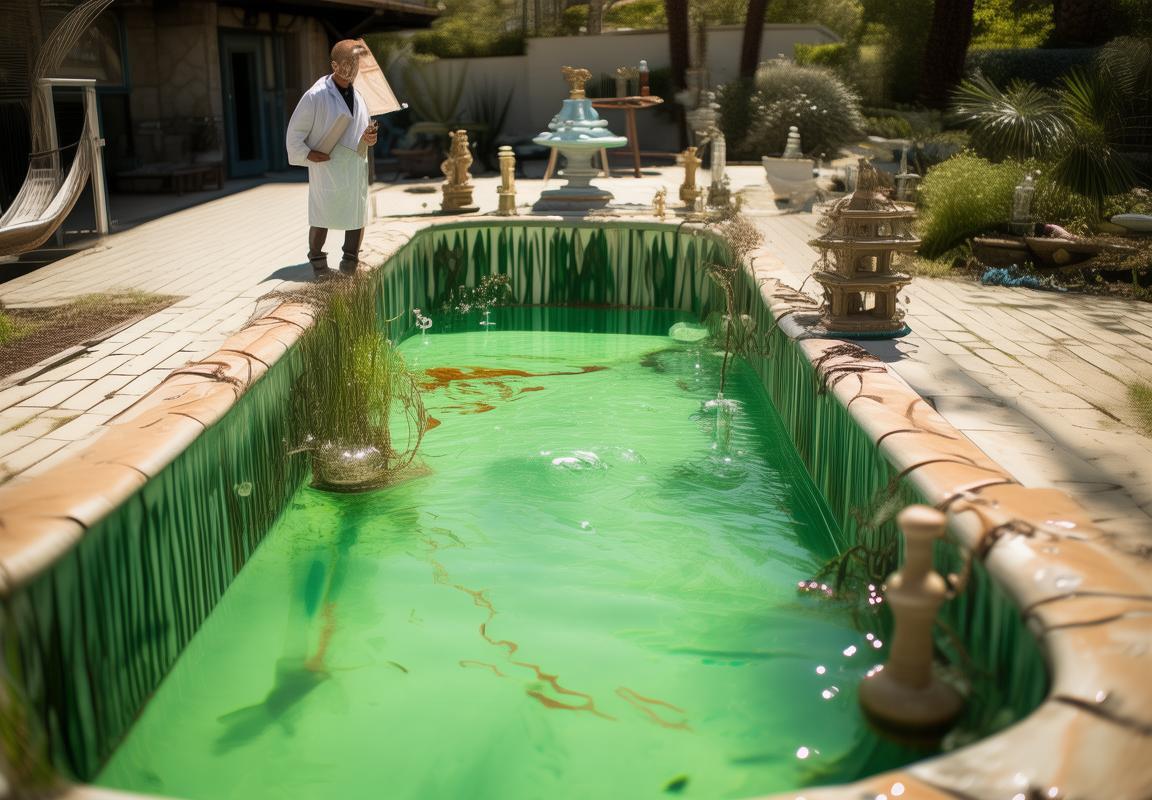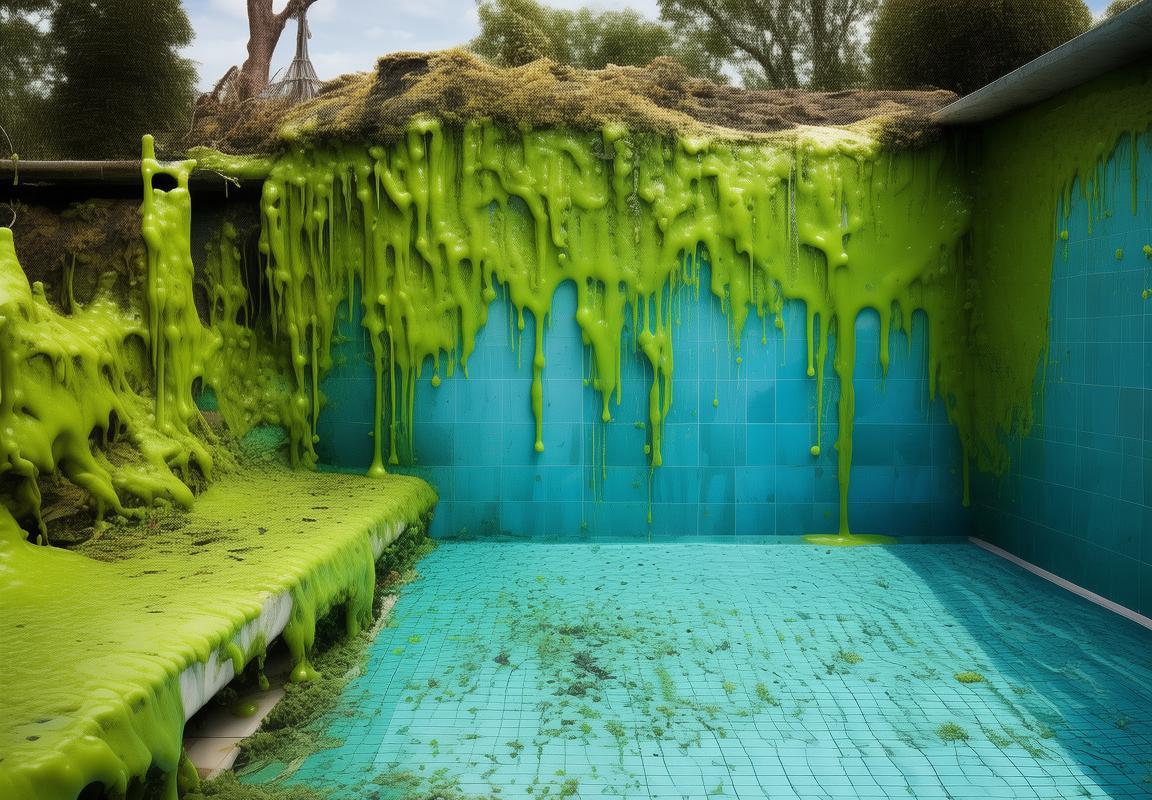Ultimate Guide to Swimming Pool Wall Cleaner: Best Methods for Pool Wall Cleaning, Algae Removal & Calcium Buildup (Robotic Pool Cleaners Included
Your swimming pool walls are dirt magnets, transforming into a science experiment if ignored. Green algae (the usual suspect) thrives when chlorine levels drop, while calcium buildup from hard water leaves crusty white scale—both requiring more than just chemicals. Algae removal demands a two-step attack: scrub with a stiff brush to break biofilm, then hit it with algaecide. For calcium buildup, vinegar soaks or pumice stones work, but prevention (balanced pH) is cheaper. Brown stains? Often metals—try citric acid. Robotic pool cleaners automate floor/wall cleaning but can’t replace manual scrubbing in corners or steps. Suction cleaners are budget-friendly but weak on walls. The biggest pool wall cleaning mistakes? Assuming clear water means clean walls (cloudiness = settling debris) or over-relying on chlorine (it can’t penetrate grime). Weekly brushing, proper circulation, and algaecide prevent disasters. For tech lovers, robotic models with mapping features excel, though they’re pricey and need filter cleanings. Bottom line: Pool walls demand proactive care—ignore them, and you’ll face acid washes or pro bills. Grab a brush, test your water, and stop pretending the filter does all the work.


